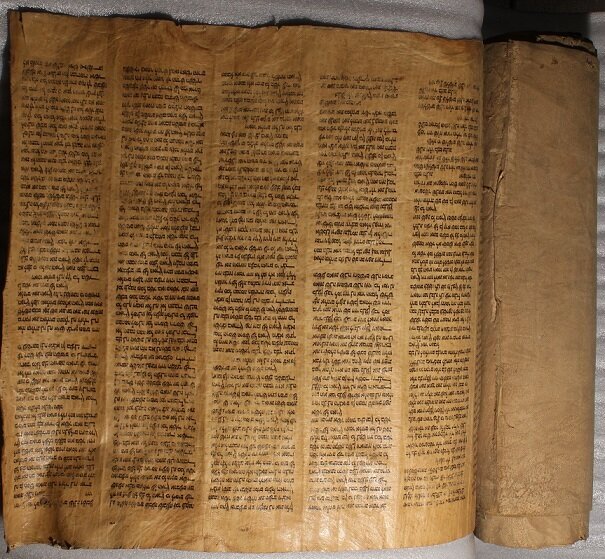Moveable properties in Hamedan approved as national heritage

TEHRAN – A selection of 12 historical objects in Hamedan province have recently been inscribed on the national heritage list.
The Ministry of Cultural Heritage, Tourism, and Handicrafts announced the inscriptions on Wednesday in separate official letters it submitted to the governor-general of the west-central province, ISNA reported.
Stone inscriptions, silver and earthenware utensils, and historical manuscripts were among the properties added to the prestigious list.
Known in classical times as Ecbatana, Hamedan was one of the ancient world’s greatest cities. Pitifully little remains from antiquity, but significant parts of the city center are given over to excavations. Ecbatana was the capital of Media and subsequently a summer residence of the Achaemenian kings who ruled Persia from 553 to 330 BC.
Hamedan has had many names: it was possibly the Bit Daiukki of the Assyrians, Hangmatana, or Agbatana, to the Medes, and Ecbatana to the Greeks. One of the Median capitals, under Cyrus II (the Great; died 529 BC) and later Achaemenian rulers, it was the site of a royal summer palace.
About 1220 Hamedan was destroyed by the Mongols. In 1386 it was sacked by Timur (Tamerlane), a Turkic conqueror, and the inhabitants were massacred. It was partly restored in the 17th century and subsequently changed hands often between Iranian ruling houses and the Ottomans.
Sitting on a high plain, Hamedan is graciously cool in August but snow prone and freezing from December to March. In summer the air is often hazy.
Ali Sadr cave, Ganjnameh inscriptions, Avicenna Mausoleum, Hegmataneh hill, Alaviyan dome, Jameh mosque, and St. Stephanos Gregorian Church are amongst Hamedan’s attractions to name a few.
ABU/MG
